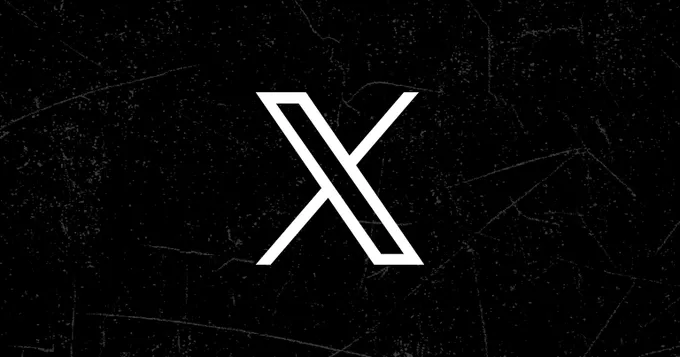TL;DR Summary of X Implements Age Assurance Measures Amid Irish Online Safety Regulations
Optimixed’s Overview: Navigating Age Verification Challenges on X Under Ireland’s Online Safety Code
Context and Regulatory Background
Ireland’s Online Safety Code, effective as of this week, mandates that all video-sharing platforms implement robust age verification systems to protect minors. Platforms such as Instagram, Facebook, TikTok, and X must comply or face substantial fines reaching up to 10% of annual turnover or $23 million USD.
X’s Age Assurance Strategy
- Multi-step verification: X assesses reliable signals like self-attested age, prior ID verification, legacy verified accounts, and account creation date.
- Account badges: Grey and gold checkmarks signify official or organizational status, which X uses as part of its age estimation.
- Email and social graph analysis: Age estimation based on email domain and median age of a user’s contacts.
- Future implementations: Planned rollout of AI-powered facial age estimation and government ID verification via selfie uploads.
Critical Analysis and Concerns
While X has updated its documentation with these measures, significant concerns remain:
- Reliability Issues: Legacy verification and account creation date can be easily manipulated or outdated.
- Badge System Limitations: Paid verification badges do not guarantee accurate age representation.
- Delay in Implementation: Key AI-driven verification steps are not yet operational despite legal deadlines.
- Regulatory Acceptance: Irish authorities have expressed skepticism, and X’s approach may not meet the stringent requirements.
Implications and Outlook
X appears to be adopting a strategic, minimal compliance posture—introducing some measures to demonstrate effort while resisting more intrusive verification methods. This approach aligns with X’s broader resistance to regulatory oversight under current leadership but risks legal penalties and reputational damage.
User backlash is also anticipated if more invasive age verification methods are enforced. The coming weeks will be critical as regulators evaluate the effectiveness of X’s measures and decide on enforcement actions.
